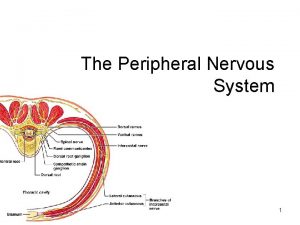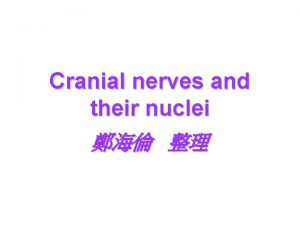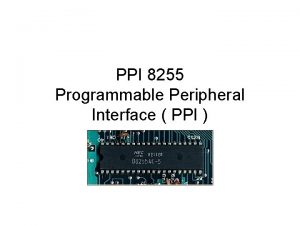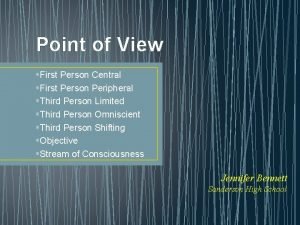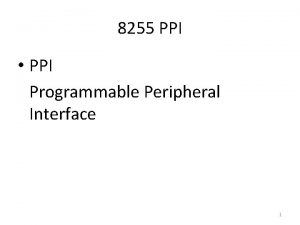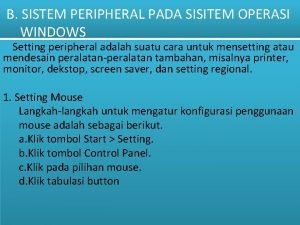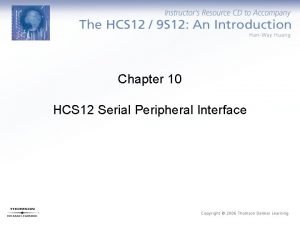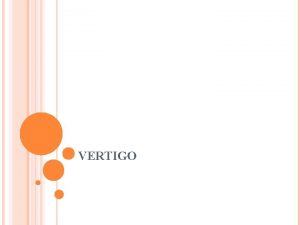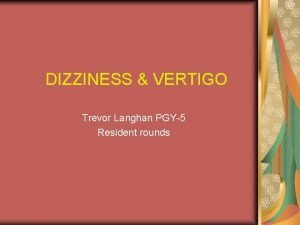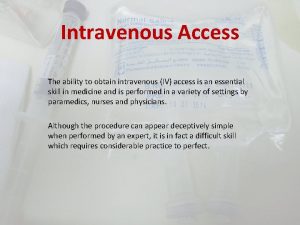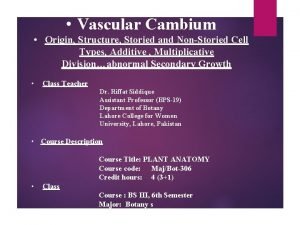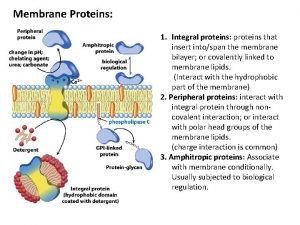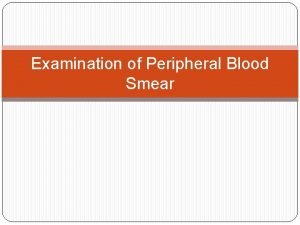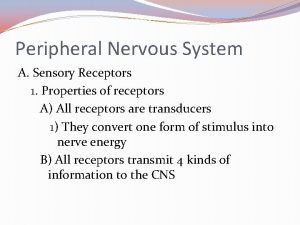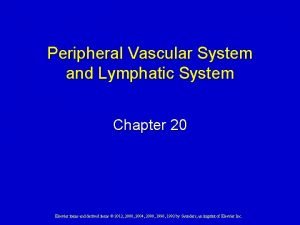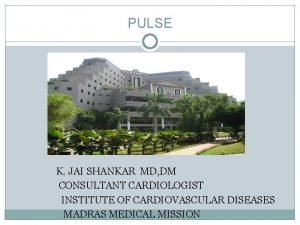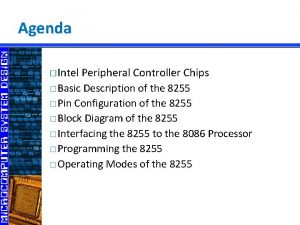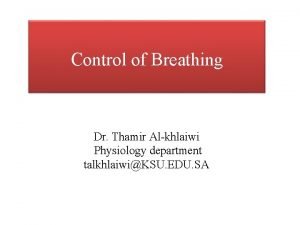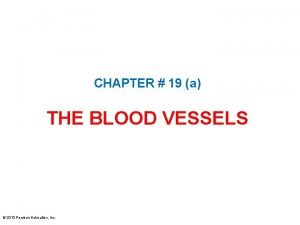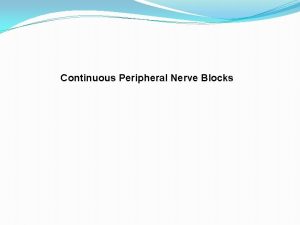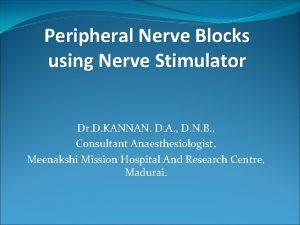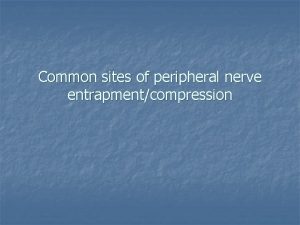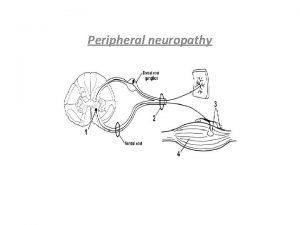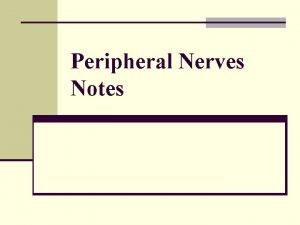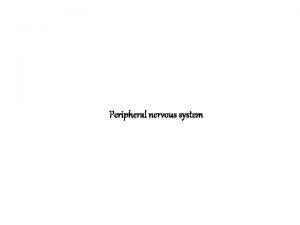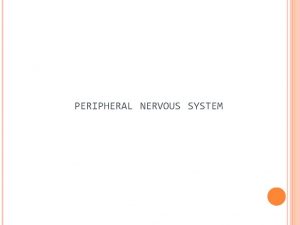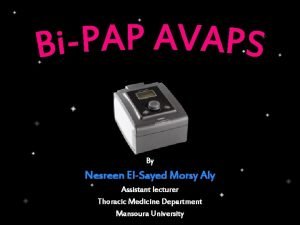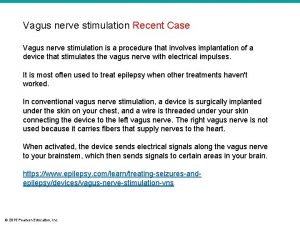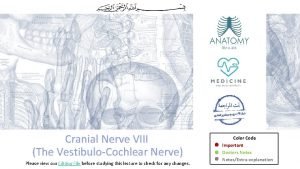Peripheral nerve Entrapments DR Eslam Elsayed Lecturer of












































- Slides: 44

Peripheral nerve Entrapments DR. Eslam El-sayed Lecturer of neurosurgery S. V. U

OBJECTIVES l Anatomical review. l entrapment sites. l Basics for entrapment l Examples of nerve entrapment l Special test (motor and sensory) l management

NUMBER OF THE PERIPHERAL NERVES IN THE HUMAN BODY ? ?





Examples of entrapment neuropathy l Median nerve entrapment: l Ulnar nerve entrapment: l Radial nerve entrapment:


Anatomy Median nerve C 5 -T 1

Anatomy Median nerve C 5 -T 1

Anatomy Median nerve C 5 -T 1

Median nerve - Entrapment Sites of the median nerve compression : I- At the elbow and forearm (high median nerve palsy): 4 sites 1. By the Ligament Of Struthers in the distal humerus at the elbow (LS in the figure). 2. By the thickening of the Bicipital Aponeurosis in the elbow. Also known as lacertus fibrosus, 3. Between the two heads of pronator tears pronator teres syndrome (PTS ). 4. By the thickening of the flexor digitorum superficalis in the proximal forearm (FDS) II- At the wrist, 1. carpal tunnel syndrome 2. Deep branch of the median nerve


DEFENITION

Carpal tunnel syndrome (CTS) ØIt is the most common entrapment neuropathy. ØIt is the commonest OCCUPATIONAL disease affecting the peripheral nerves. Ø 90% of all entrapment neuropathies.

ANATOMY Boundaries of the tunnel: the CT lies distal to the wrist crease Roof: TCL (flexor retinaculum)

ETIOLOGY

A. Local causes l Inflammatory: e. g. tenosynovitis, histoplasma fungal infection, hypertrophic synovium l Trauma: e. g. Colles’ fracture, dislocation of one of the carpal bones l Tumors: e. g. Haemangioma, cyst, ganglion, lipoma, neuroma etc. l Anatomical anomalies: e. g. thickened transverse carpal ligament, bony abnormalities, abnormal muscle bellies, persistent median artery etc. C. Systemic causes B. Regional causes l Osteoarthritis l Rheumatoid arthritis l Amyloidosis l Gout l l l l • Diabetes • Obesity • Hypothyroidism • Pregnancy • Menopause • Systemic lupus erythematosus • Scleroderma • Dermatomyositis • Renal failure • Long-term haemodialysis • Acromegaly • Multiple myeloma • Sarcoidosis • Leukemia • Alcoholism • Hemophilia

l Symptoms • A tingling or numb feeling in the hand and/or fingers specially at night. • Shooting pains in the wrist or forearm, and sometimes extending to the shoulder, neck • Difficulty clenching the fist or grasping small objects;

Signs l Tinel sign l Phalen's test

Diagnosis of Nerve Entrapment – Clinical examination • Brief limb survey for detection of local causes • Screening sensation test – Light touch of affected area compared to known normal • Two point discrimination – Can remain normal if minimal number of fibers functioning normally l Sensory threshold tests, such as Semmes-Weinstein monofilament test or those measuring vibration sensitivity. These are the most sensitive tests for the detection of early and slight neurological dysfunction

Motor examination The ulnar nerve innervate all the muscle of the hand except 5 muscles v 3 pollicies (abductor brevis, flexor brevis and opponce) v 2 lumbricals (index and middle finger)


Diagnosis of Nerve Entrapment – Electro diagnostic studies • Diagnostic gold standard • Can aid in confirming diagnosis in some cases • Fallible to user error and sensitivity of equipment

Diagnosis of Nerve Entrapment – Radiographic examination • Occasionally useful • Rule out neck pathology in diffuse presentation • C-xray – Pancoast tumor • US: • MRI – Best study for showing nerve compression at brachial plexus down to carpal tunnel

Treatment

Brace

Injection

Open surgery


Øcubital tunnel syndrome TARDY ULNAR NEURITIS (SULCUS ULNARIS SYNDROME) ØULNAR TUNNEL SYNDROME (GUYON’S CANAL SYNDROME). ØSYNDROME OF DEEP BRANCH ENTRAPMENT OF THE ULNAR NERVE. (LESS COMMON) 1

cubital tunnel syndrome Compression of the ulnar nerve in the cubital tunnel in the posterior surface of the medial humeral epicondyle also called Tardy ulnar neuritis.


cubital tunnel syndrome 1 2 2

ETIOLOGY

CLINICAL SYMPTOMS AND SIGNS – Paresthesias, numbness and pain develop in the small , ringer fingers and the ulnar side of the palm.

• Decreased 2 point discrimination Elbow flexion-pressure test: Weakness in FDP of the small finger and FCU Froment’s sign • Claw hand MP hyperextension • • •

�Late stages atrophy & Muscle wasting �Loss of ulnar innervation will lead to a claw-hand appearance.

q. Electromyography and nerve conduction velocity. Motor conduction velocity across the elbow is useful to define management: < 40 m/second propably indicates surgical intervention. q. High-resolution ultrasonography. The ultrasonography measurement of the cross-sectional area of the ulnar nerve. q. Radiographic studies allow visualization of rheumatic, arthritic, or posttraumatic changes around the elbow.

TREATMENT Conservative therapy § Splints prevents elbow extension try to prevent repetitive nerve irritation. § The sulcus may be injected into the center of an imaginary line connecting the medial epicondyle to the median edge of the olecranon.

Cubital tunnel syndrome approaches(options): Simple decompression by spliting covering fascia. Medial humeral epicondylectomy. Anterior subcutaneous transposition of the U. N. Anterior submuscular transposition. Intramuscular transposition.

Outcome • Minimal compression –Excellent results in 90% • Moderate compression –Excellent in 50%

l Thank you
 Lecturer's name or lecturer name
Lecturer's name or lecturer name Weida elsayed
Weida elsayed Dr elsayed mohamed
Dr elsayed mohamed Peripheral nerves and nerve plexuses
Peripheral nerves and nerve plexuses Lecturer name
Lecturer name Lector vs lecturer
Lector vs lecturer Spe distinguished lecturer
Spe distinguished lecturer Designation lecturer
Designation lecturer Pearson lecturer resources
Pearson lecturer resources Lecturer in charge
Lecturer in charge Good afternoon student
Good afternoon student Designation of lecturer
Designation of lecturer Cfa lecturer handbook
Cfa lecturer handbook Spe distinguished lecturer
Spe distinguished lecturer Photography lecturer
Photography lecturer Why himalayan rivers are pernnial in nature
Why himalayan rivers are pernnial in nature Jeannie watkins
Jeannie watkins Lecturer asad ali
Lecturer asad ali Lecturer in charge
Lecturer in charge Trigeminal nerve which cranial nerve
Trigeminal nerve which cranial nerve Programmable peripheral interface
Programmable peripheral interface 1st person pov
1st person pov 8255 ppi
8255 ppi Central route of persuasion
Central route of persuasion Setting periferal
Setting periferal Serial peripheral interface standard
Serial peripheral interface standard Vestibular paroxysmia
Vestibular paroxysmia Peripheral mode
Peripheral mode Neoplasms
Neoplasms Cpu peripheral
Cpu peripheral Peripheral vs central vertigo
Peripheral vs central vertigo Iv sites
Iv sites Xylem heat exchanger
Xylem heat exchanger Homotropic vs heterotropic
Homotropic vs heterotropic Blood smear
Blood smear Optical flow equation
Optical flow equation Peripheral nervous system
Peripheral nervous system Peripheral vascular system
Peripheral vascular system Peripheral signs of aortic regurgitation
Peripheral signs of aortic regurgitation Suggestopedia disadvantages
Suggestopedia disadvantages Peripheral nervous system consists of
Peripheral nervous system consists of Peripheral controller chip
Peripheral controller chip School
School Site:slidetodoc.com
Site:slidetodoc.com Total peripheral resistance definition
Total peripheral resistance definition



